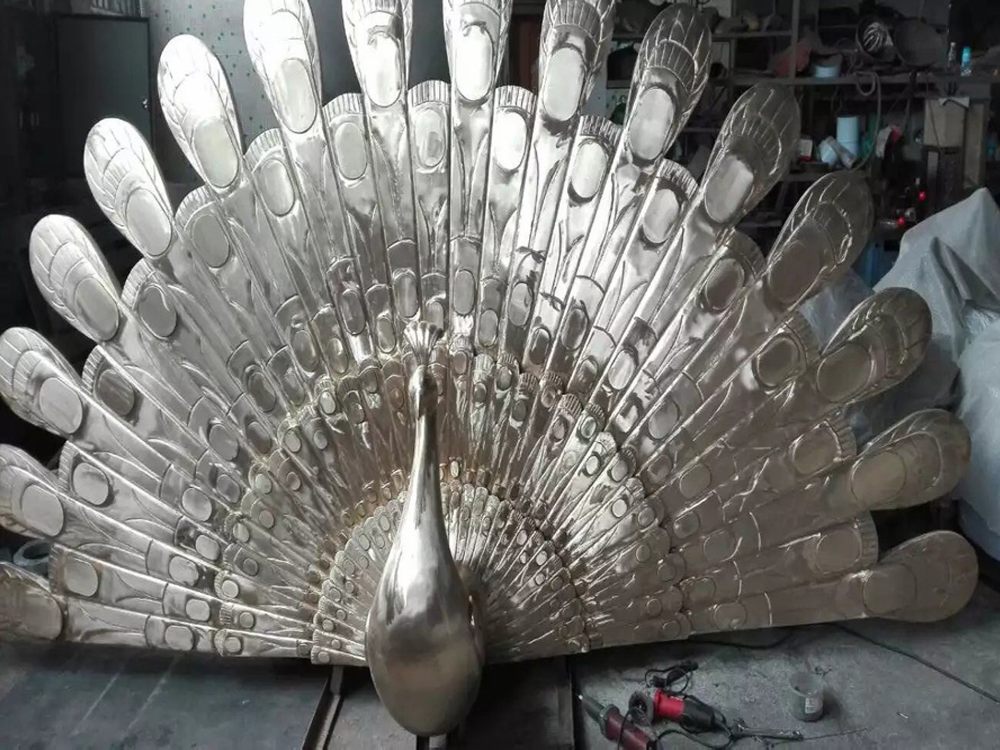
Artists have long explored the intersection of visual and auditory art, and metal sculptures offer a unique medium for incorporating sound and acoustic properties. By manipulating materials, shapes, and movement, creators transform static metal into dynamic, resonant artworks.
One technique involves using hollow or perforated metal structures to amplify or modulate sound. When wind or human interaction passes through these sculptures, they produce harmonic tones or rhythmic patterns. Kinetic sculptures take this further, with moving parts that generate sound through friction or collision, such as clanging metal plates or spinning wire coils.
Another approach integrates embedded technology, like sensors or speakers, to create interactive soundscapes. Visitors' movements trigger audio responses, blending sculpture with performance art. Some artists even tune metal components to specific frequencies, crafting large-scale musical instruments.
The choice of metal also impacts acoustic qualities. Steel, bronze, and aluminum each produce distinct timbres. Textured surfaces can diffuse sound waves, while polished metals create sharper reflections. Through these methods, sculptors challenge traditional boundaries, offering multisensory experiences that redefine public art.
Emerging trends include eco-acoustic sculptures that respond to environmental sounds and AI-enhanced installations that evolve their sound patterns over time. This fusion of craftsmanship and innovation continues to expand possibilities for auditory-visual art.

